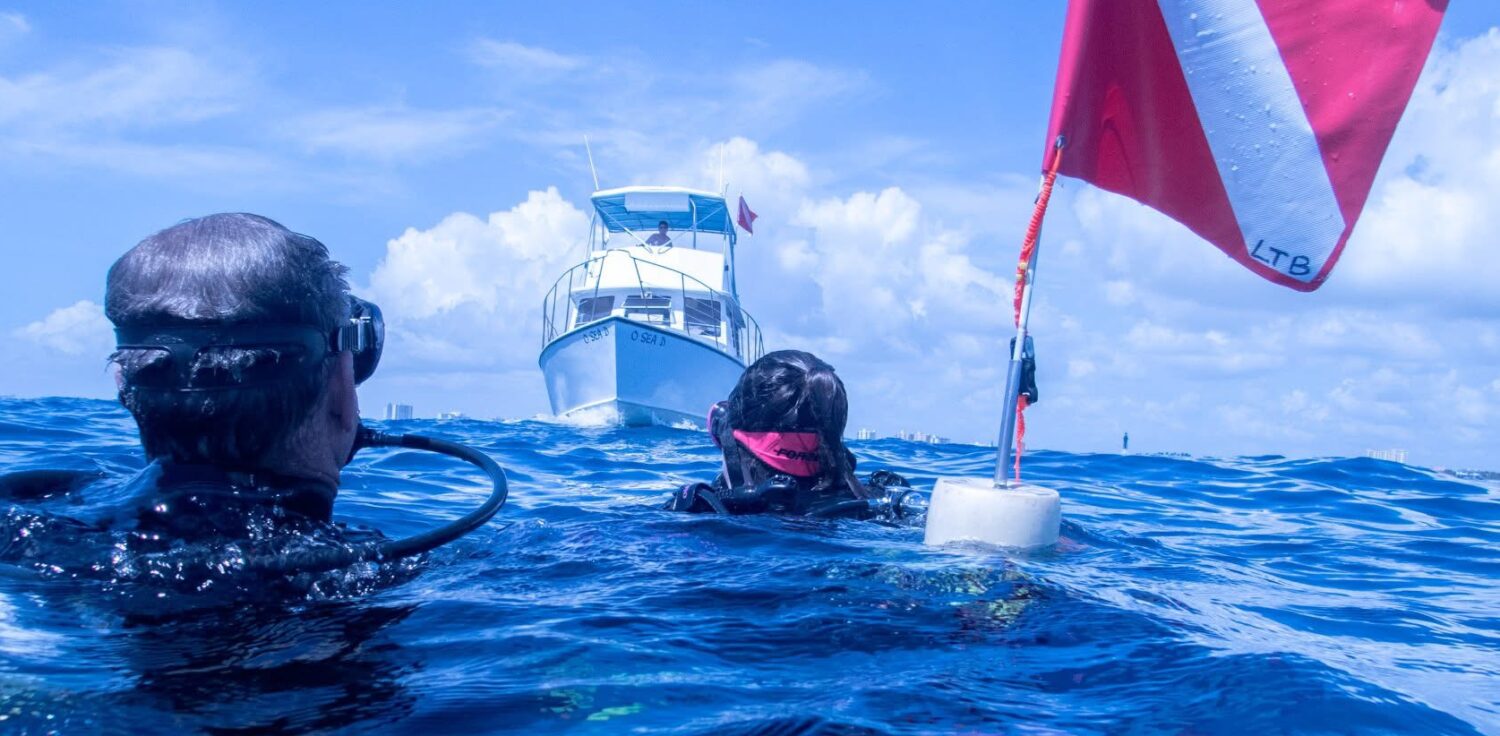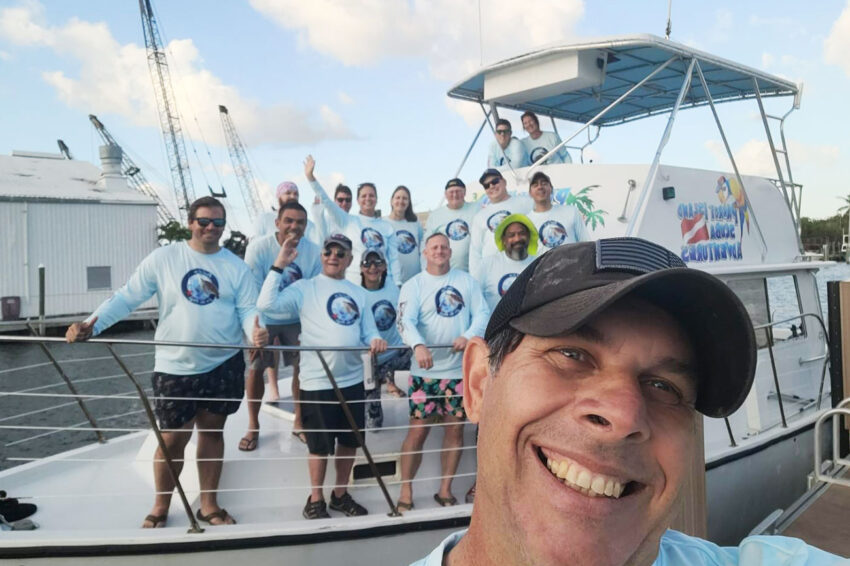Florida is a premier destination for scuba diving in the United States. With warm, crystal-clear waters, vibrant coral reefs, historic shipwrecks, and abundant marine life, the Sunshine State offers something for every type of diver. For most divers visiting Florida—or even many locals—the best way to access the top underwater sites is through Florida dive charter boats.
But what’s it really like to spend a day aboard one of these dive boats? Whether you’re a seasoned diver or planning your very first underwater adventure, this guide offers a detailed breakdown of what to expect on a typical day during one of the many scuba diving trips Florida has to offer.
The Early Morning Start
Dive charters typically begin early in the morning, especially in summer when sea conditions are calmest. Most Florida dive charter boats depart between 7:00 and 9:00 AM. You’ll want to arrive at the marina 30–45 minutes before departure to check in, complete any paperwork, and start loading your gear.
If you’re renting gear, the dive shop staff will help you get fitted and ensure everything is in good working order. Rental packages typically include:
- Wetsuit
- BCD (Buoyancy Control Device)
- Regulator
- Fins, mask, and snorkel
- Dive computer or analog gauges
- Tanks and weights
Some charter operators also offer Nitrox (enriched air) for certified divers, which can extend bottom time and reduce fatigue.
Boarding the Dive Charter
Once you’ve checked in, it’s time to load onto the boat. Florida dive charters range from small 6-pack boats to larger vessels that accommodate 20 or more divers. The atmosphere onboard is typically relaxed but professional, with dive staff offering assistance, answering questions, and reviewing safety procedures.
Here’s what to expect once you’re aboard:
- Boat Briefing: The captain or dive master will explain boat rules, safety equipment locations, emergency procedures, and dive plans for the day.
- Gear Setup: Divers usually set up their gear at their assigned tank station. Crew members are often available to help, especially for new or less experienced divers.
- Roll Call and Manifest: The crew keeps a log of all passengers to ensure everyone is accounted for at every step of the trip.
Tip: If you’re prone to seasickness, choose a seat near the center of the boat and take motion sickness medication at least 30 minutes before boarding.
En Route to the Dive Sites
Once the engines fire up, the boat sets a course for its first dive site. In Florida, this could mean heading out to a coral reef, artificial reef, or a historic shipwreck. The ride may take anywhere from 15 minutes to over an hour, depending on the location.
Popular destinations on scuba diving trips Florida might include:
- Key Largo’s Molasses Reef – Teeming with marine life and ideal for all levels
- The USS Oriskany (Pensacola) – A massive aircraft carrier and world-famous wreck dive
- Blue Heron Bridge (Palm Beach County) – Renowned for macro photography
- Spiegel Grove (Key Largo) – One of the largest intentionally sunk ships in the world
During the ride, the dive master will give a detailed dive briefing, covering:
- Dive profile (depth, time, current)
- Navigation tips
- What marine life to expect
- Safety reminders and buddy checks
First Dive: Hitting the Water
Once anchored or moored at the dive site, divers gear up and perform pre-dive safety checks. Entry methods vary depending on the boat and conditions:
- Giant stride from a swim platform
- Back roll from a smaller boat
- Ladder descent in calm conditions
Underwater, expect visibility ranging from 40 to 100+ feet in most Florida locations, with water temperatures averaging 75–85°F (24–29°C). Marine life sightings often include:
- Sea turtles
- Reef sharks
- Goliath groupers
- Barracudas
- Moray eels
- Colorful tropical fish
- Vibrant coral formations
Dives usually last between 30 and 60 minutes, depending on depth, air consumption, and no-decompression limits.
Back on the boat, crew members assist with reboarding, gear removal, and offering refreshments such as water, fruit, or snacks.
Surface Interval
Between dives, boats typically spend 45 to 60 minutes on the surface to allow nitrogen to off-gas from your body. This is a great time to:
- Rehydrate and snack
- Swap tanks (crew often assists)
- Log your first dive
- Chat with fellow divers
- Apply reef-safe sunscreen if needed
The crew may use this time to reposition the boat to a second dive site, often offering a different experience like a wreck dive after a reef dive.
Second Dive: More Exploration
The second dive is usually a bit shallower and more relaxed, allowing for longer bottom times and easier conditions. It’s also an excellent opportunity to try underwater photography or explore more intricate reef structures.
Dive masters may lead a guided dive, especially if the site is complex or if there are newer divers aboard. However, buddy teams are typically free to explore within the designated depth and time limits.
Florida’s dive sites are known for being diver-friendly, with many marked by mooring buoys to protect the reefs and aid in easy descents and ascents.
Returning to the Dock
After your final dive, the boat returns to the dock. The ride back is a great time to:
- Fill in your dive logbook
- Share photos and videos
- Ask questions or get tips from the crew
- Leave a tip if you appreciated the service (typically 10–20%)
Many Florida dive charter boats have freshwater rinse stations or showers onboard to clean off salt and sand. At the dock, you’ll offload your gear, return rentals, and perhaps browse the dive shop for souvenirs or gear.
What to Bring on a Florida Dive Charter
To make the most of your day, pack the following:
- Certification card and dive log
- Swimsuit and towel
- Reef-safe sunscreen
- Dive gear or confirmation for rentals
- Waterproof bag for valuables
- Snacks and water (some charters provide)
- Seasickness prevention (pills, wristbands, etc.)
- GoPro or underwater camera
- Cash for tipping the crew
Choosing the Right Dive Charter
Not all dive charters are created equal. Here are some tips to help you choose the best operator for your scuba diving trips Florida:
1. Certifications and Reviews
Look for operators affiliated with PADI, NAUI, or SSI. Check reviews on Google, Yelp, or TripAdvisor to see what others have experienced.
2. Specializations
Some boats cater to advanced divers and tech diving, while others focus on families and beginners. Choose one that matches your experience level and interests.
3. Safety Standards
Ensure they provide safety briefings, have emergency oxygen onboard, and follow all local regulations.
4. Group Size
Smaller boats offer a more personalized experience, while larger boats can be more economical and social.
Why Choose Florida for Your Dive Charter?
Florida is unmatched in its accessibility, biodiversity, and variety of dive sites. Whether you’re exploring the world’s third-largest barrier reef in the Keys, diving historic wrecks in the Panhandle, or enjoying drift dives off the Atlantic coast, the state offers world-class experiences for every diver.
What sets Florida dive charter boats apart is their professionalism, hospitality, and access to these pristine underwater worlds. They provide the infrastructure and support for safe, fun, and memorable adventures under the sea.
Final Thoughts
A day aboard a Florida dive charter boat is much more than just a boat ride—it’s a full dive experience. From the early morning gear checks to surfacing from your second dive with a smile on your face, the journey is filled with excitement, discovery, and camaraderie.
Whether you’re exploring coral gardens, swimming with sea turtles, or hovering above sunken warships, scuba diving trips Florida offer unparalleled beauty and adventure. With the right preparation and a quality charter operator, your day on the water will be one to remember.
So pack your mask and fins, grab your certification card, and hop aboard one of the many Florida dive charter boats waiting to take you on an unforgettable journey beneath the waves.


